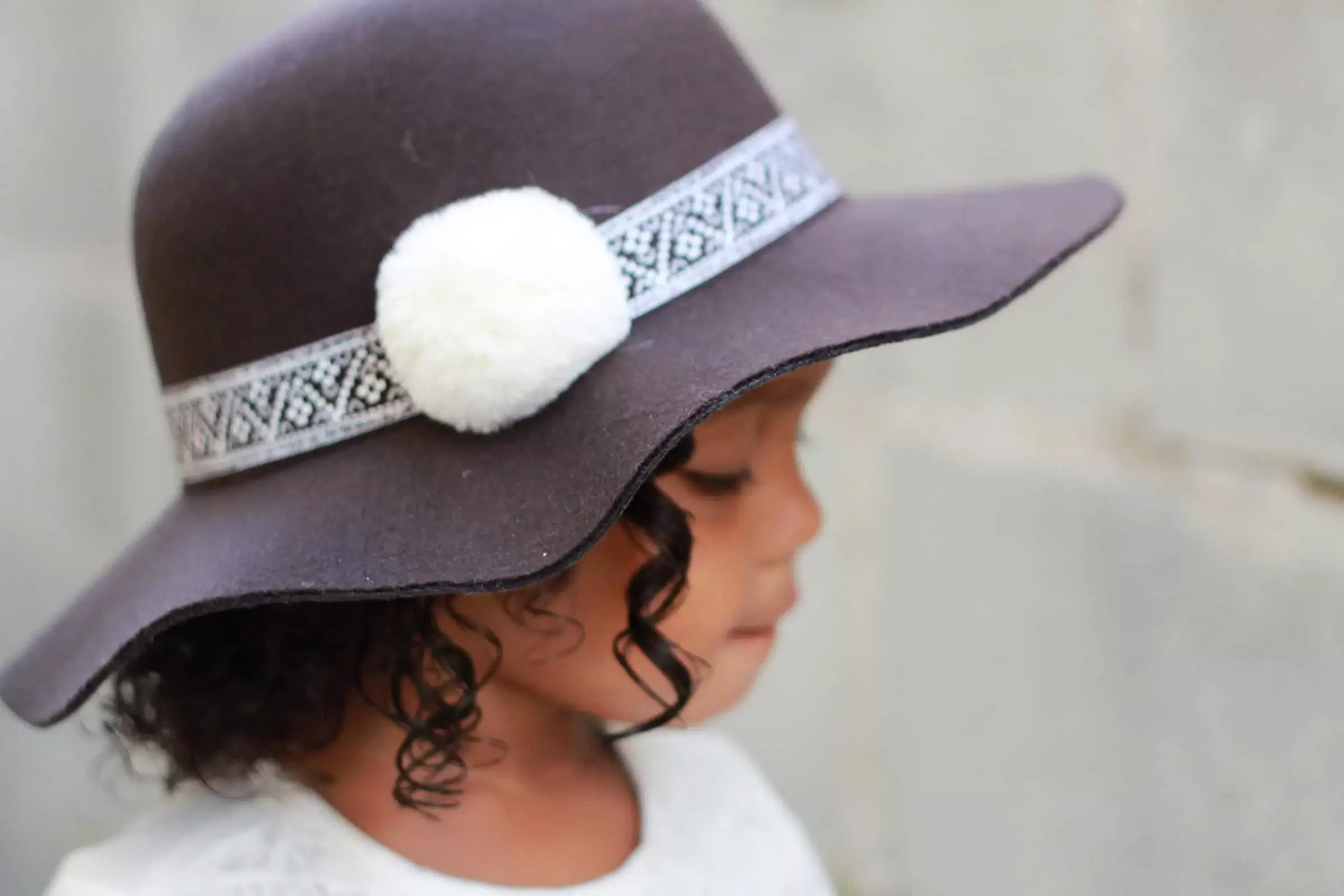Childhood is marked by an intricate tapestry of emotions, where fear plays a significant role. Unlike adults who may have learned ways to manage their worries, children experience anxiety from a place of limited understanding. Their fears can range from the whimsical, such as monsters lurking under the bed, to genuine apprehensions about life’s unpredictable nature, like natural disasters. These emotions can erupt unexpectedly or be triggered by otherwise mundane events, reflecting a growing consciousness about the world they inhabit. It’s a poignant reminder of their increasing awareness, which introduces them to the potential dangers that exist beyond their innocent bubble.
As children evolve into beings capable of independent thought, their emotions also transition. Many of the fears they wrestle with can be seen as existential, highlighting their developmental stages and the complexities of learning to cope with newfound autonomy. Separation from caregivers, one of the most profound experiences of childhood, often acts as a catalyst for fear, igniting the emotional centers of their young brains. The development of object permanence leads children to comprehend loss in a way that stirs anxiety, as they grapple with their dependence on those they trust.
Age-Related Fears: A Developmental Lens
The journey of growing up presents a diverse panorama of fears at various stages of childhood. In infants, the most basic fears are rooted in sensory experiences: sudden loud noises or the absence of familiar caregivers can elicit panic. Between 7 to 12 months, as babies begin to understand permanence and causality, their fears encompass new dimensions—stranger anxiety emerges, signaling that their attachment systems are fully engaged.
By the time children reach their second year, the fear landscape expands further to include auditory and visual stimuli. At this age, room for imagination allows for fears to take shape, with darkness and strange creatures becoming significant threats. As they grow towards ages three to four, their brains develop, and fantasy intertwines with reality, leading to an increase in vivid nightmares and imaginative scenarios that can appear daunting.
From ages five to six, children begin articulating their concerns more clearly, with worries about physical harm, “bad people,” and the complexities of the world manifesting in their play. This period can mark the height of fearfulness, with children becoming acutely aware of supernatural themes like ghosts. As the transition into later childhood begins, concerns about separation persist, accompanied by fears of death and significant change, highlighting their striving for independence.
Adolescence: The Onset of New Fears
The transition into adolescence amplifies fear and anxiety, with an interplay of social dynamics and self-perception coming into play. As teenagers navigate their social environments, fears often focus on performance, identity, and existential dilemmas as their worldview expands and becomes more nuanced. Peer acceptance and comparison heighten insecurities, while the weight of societal issues can provoke deeper anxieties, reflecting the discomfort of entering adulthood.
The emotional turbulence during these years often leads to superstitious behaviors as teenagers attempt to find control in an unpredictable environment. Acknowledging these fears is essential, as it paves the way for healthy coping strategies that harness bravery in the face of uncertainty.
Fostering Connection and Courage
To effectively support children in navigating their fears, it is paramount for caregivers to offer a safe and open space for communication. Engaging with children to discuss their worries can help them find words for their emotions, bridging the gap between fear and understanding. Instead of dismissing their concerns, adults should actively listen and validate their feelings, fostering a deep sense of connection that cultivates resilience.
Play also serves as a pivotal tool in helping children process their fears. Through interactive and imaginative play, children can confront their anxieties in a controlled setting, allowing them to explore the boundaries of their fears without overwhelming their emotional systems. Games that mirror their experiences can facilitate learning and adaptability, showing them they can face fear head-on.
Moreover, enabling expression of feelings such as sadness or frustration related to their fears can provide necessary relief. Encouraging children to articulate their emotions, whether through storytelling or creative outlets, allows for the release of anxieties that may otherwise become bottled up. It fortifies their emotional resilience and empowers them to confront future challenges.
In encouraging bravery, caregivers can lead by example, demonstrating courage in their own lives. This multifaceted approach—evoking conversation, fostering imaginative play, and modeling emotional depth—can guide children through the complexities of fear. By nurturing this dynamic, we can nurture a generation that views their worries not as insurmountable walls, but as opportunities for growth.

